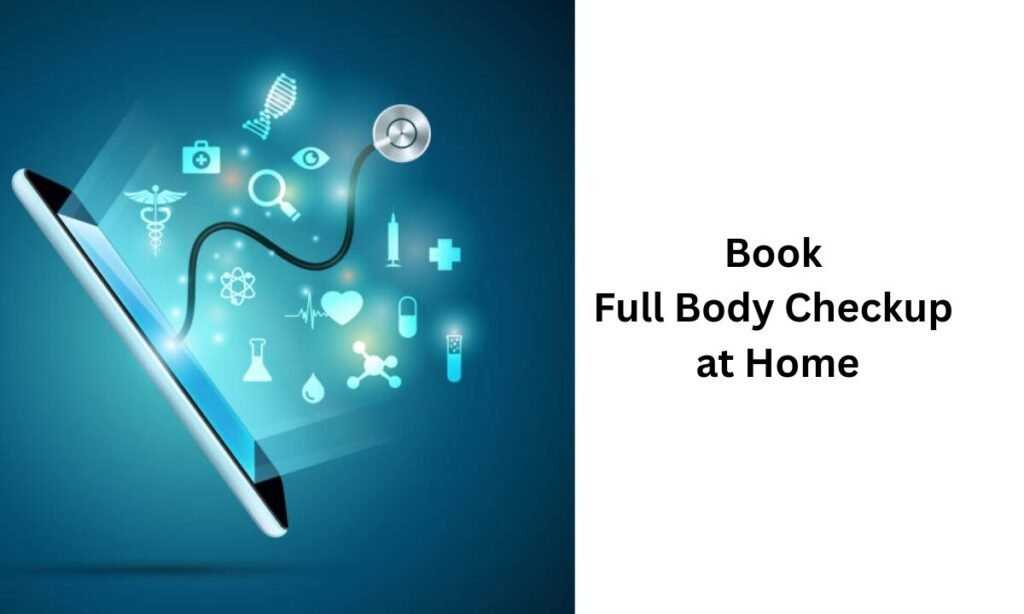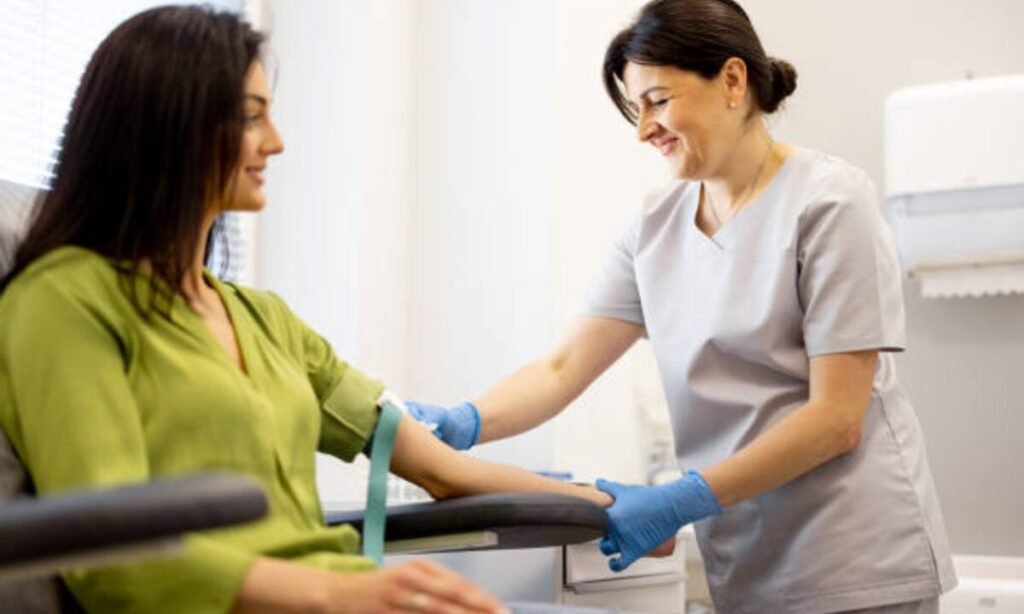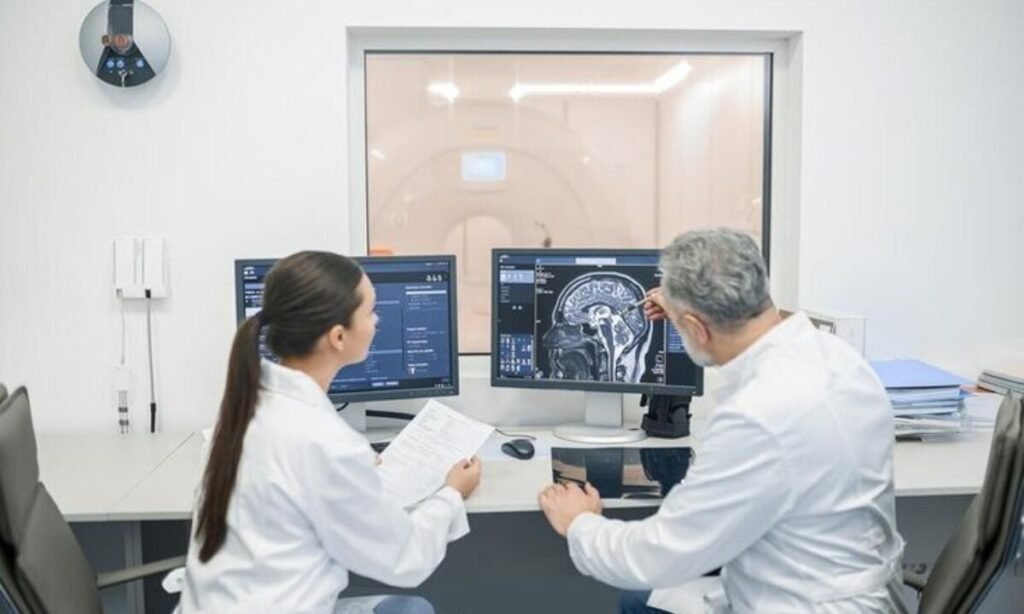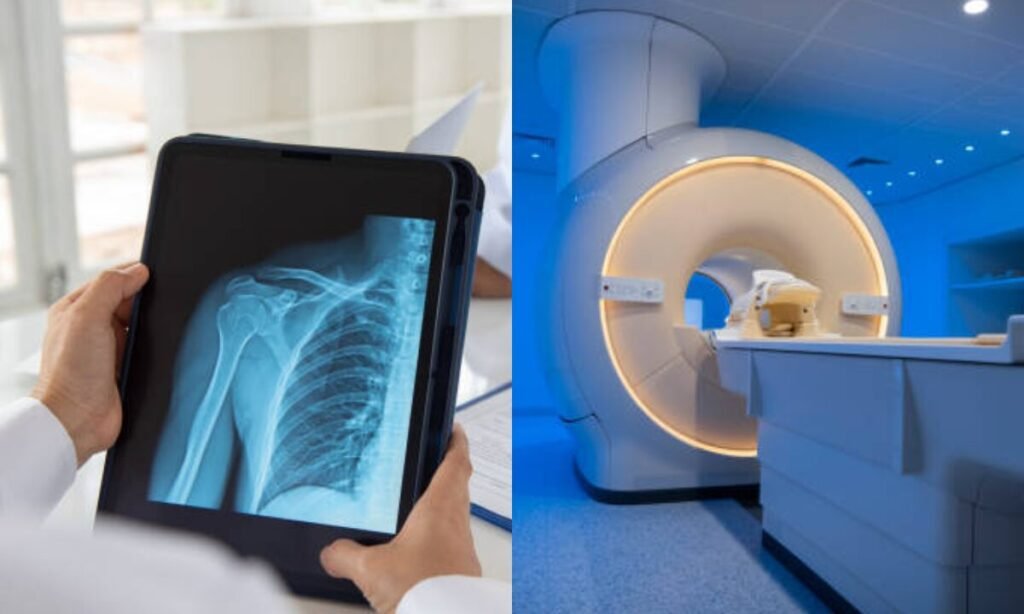Koshikaa’s Advanced Diagnostics Detects Illnesses Early in Bangalore

Introduction In today’s fast-paced, high-pressure world—especially in a tech hub like Bangalore—health problems often go unnoticed until it’s too late. Fatigue is brushed off as overwork, weight gain as aging, and stress as a side effect of success. But what if these were early warning signs of something more serious? Koshikaa’s Advanced Diagnostics is revolutionizing […]
Top 5 Essential Tests in Koshikaa’s Full Body Checkup Package

Introduction Health isn’t just about feeling good—it’s about staying one step ahead of problems that haven’t even surfaced yet. In Bangalore’s high-octane environment, where professional stress and sedentary habits dominate, investing in preventive care has never been more critical. Koshikaa’s Comprehensive Full Body Checkup Package is designed to be your health’s early warning system. But […]
Why You Can’t Afford to Skip a Full Body Checkup in Bangalore

Introduction In today’s fast-paced urban life, health often takes a backseat to hustle. With Bangalore’s ever-evolving tech scene, long commutes, and hectic schedules, it’s easy to ignore subtle health warnings. Neglecting your well-being can lead to severe consequences that cost more time, energy, and money down the line. That’s where a Full Body Checkup in […]
Book Full Body Checkup at Home in Minutes: Quick, Easy & Affordable!

Introduction: Your Health, Your Comfort—Right at Home! Imagine getting a complete health checkup without leaving your home—no traffic, no waiting rooms, no stress. Sounds like a dream, right? Well, it’s now a reality for Bangaloreans! Thanks to modern healthcare solutions, you can book a full body checkup at home in Bangalore in just a few […]
Full Body Checkup for Senior Citizens: Special Offers

Ageing is beautiful, but it also demands attention, especially regarding health. As we grow older, our bodies require more care, and early detection can make all the difference. If you’re searching for an affordable and convenient Full Body Checkup in Bangalore residents trust, especially tailored for seniors, you’ve landed in the right place. Let’s explore […]
Who Needs a Full Body Check-Up? 7 Vital Reasons in 2025

Introduction: In today’s high-paced world, health often takes a back seat—until something goes wrong. But what if you could detect health issues early and take proactive steps before they turn into costly medical emergencies? That’s the power of a Full Body Check-up. But the big question is: Who should consider getting a full body check-up? […]
Same-Day Full Body Checkup in Bangalore – Book Now!

Introduction: No More Waiting – Your Health Can’t Wait! In today’s fast-paced world, waiting days to get a health checkup is a luxury most people can’t afford. Thankfully, Same-Day Full Body Checkup in Bangalore is now a reality. Whether you’re preparing for a big trip, managing a health scare, or just being proactive, you can […]
Top 5 Cancers Detectable by Preventive Health Checkup

The world faces cancer as a prevailing health issue among its most significant medical concerns. The early identification of cancer leads to life-saving outcomes while generating superior therapy outcomes. Most people seek answers regarding the nature of screening examinations as well as their role in identifying cancers early. Regular checkups conducted at proper times provide […]
Understanding the Importance of Routine Health Screenings

Regimen-based disease screening methods serve two essential functions which include disease prevention through early detection at treatable stages. Preventative medical attention stands equally important with sick patient care although most individuals wait until sickness to seek medical attention. The combination of regular health screenings protects lives while offering an improved quality of life to people. […]
PET CT Scan vs. X Ray vs. MRI: Which One is Right for You?

Medical imaging technology is vital in medical diagnosis and treatment procedures for different illnesses. Today’s medical imaging market includes several options including PET CT scan along with X-rays and MRI scans which makes patients struggle to determine which test is appropriate for their needs. This article analyzes the unique aspects of these procedures while discussing […]
